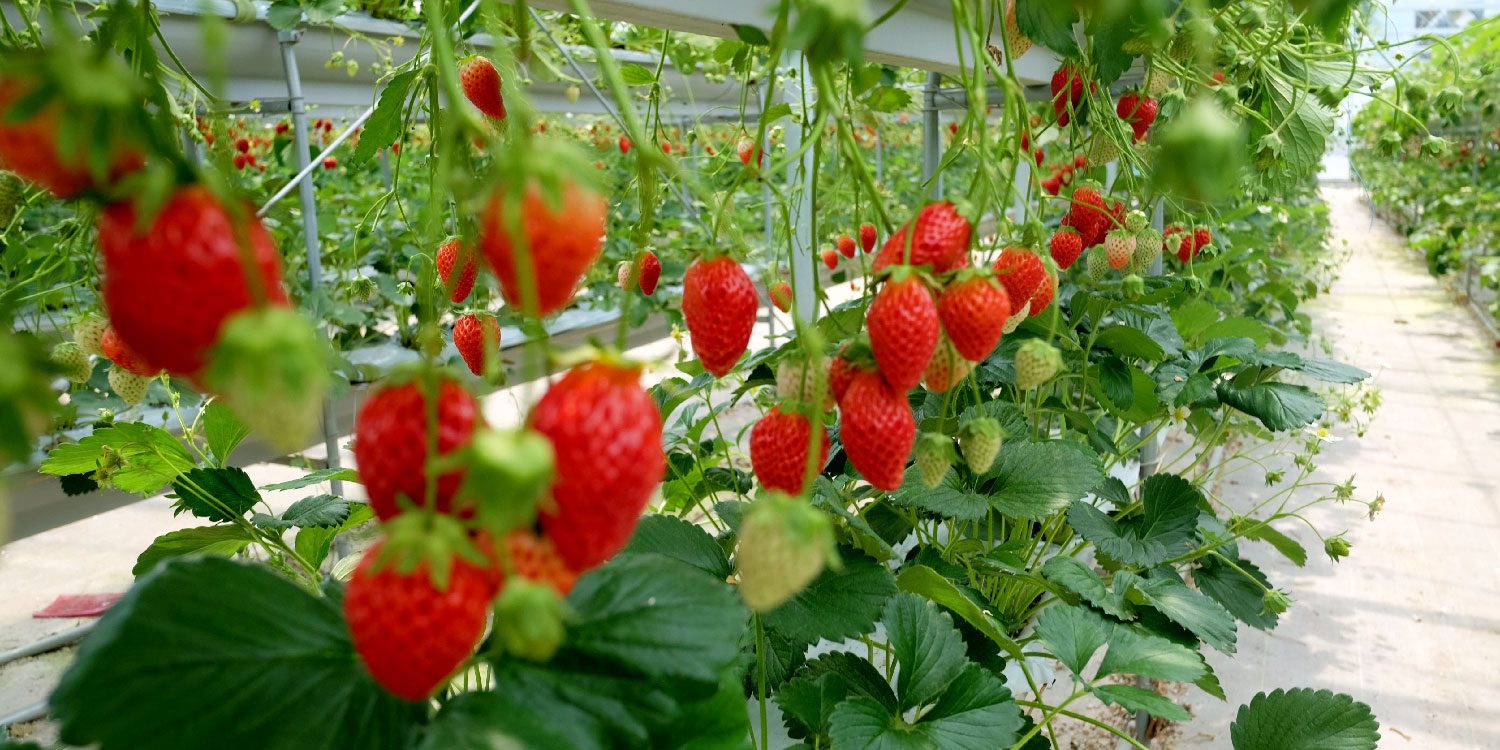Most Nigerians think of strawberries as a fruit that’s alien to their part of the world. It’s commonly assumed that this crop only grows in the more temperate regions of the earth. But that’s not exactly true. You can successfully cultivate it in this country. Here, we’ll talk about how to start a strawberry farm in Nigeria.
Read more about Business
Just in case you’re wondering, there’s actually an expanding market for this fruit locally. It’s used in jams, smoothies, and fruit juices, and is also consumed directly. Because imports are becoming more expensive, manufacturers and consumers alike are seeking out domestic sources for strawberries. You can position yourself to meet this need and profit greatly from doing so.
Facts about Nigeria’s Strawberry Market
Here are a few facts about the strawberry market in Nigeria:
- Although strawberries are grown in certain parts of Nigeria, most of the strawberries sold in the country are imported
- In 2023, more than half of Nigeria’s strawberry imports came from Ethiopia; other major sources include Egypt, South Africa, and the Netherlands
- Nigeria imported 1,548 shipments of strawberries between March 2023 and February 2024; this represents an increase of 188% compared to what it imported in the previous 12 months
- Strawberries are sold at major supermarkets and malls in many Nigerian cities; they can also be ordered via online stores
Steps to Establishing a Strawberry Farm in Nigeria
You may follow these steps to set up a strawberry farm:
Survey the Market
As is the case with every other business venture, one of the first things you should do is find out what the market for your produce looks like. Is there a significant and growing demand for it? Are people willing to pay enough for it to keep your business profitable? Learn what you can about where strawberry supplies are needed, and how you can provide that. Remember, the regions in which strawberries are grown may be far from the major population centres where significant demand exists, so make sure to factor this into your plans.
Weigh the Cost of Starting Up
The costs you’ll incur when setting up your farm will primarily come from the acquisition of farmland, purchase of farm equipment, and preparation of the land for planting. The cost of these things will depend on where and when you’re getting them. Be sure to create some room for price increases if you aren’t paying anytime soon.
Choose a Location
When deciding on a location for your strawberry farm, there are at least three things you should consider: temperature, soil type, and water availability. Strawberries do well in places with temperatures of between 15 and 25⁰C, sandy loamy soil that’s rich in nutrients, and a steady water supply. In Nigeria, strawberries are grown in parts of Plateau State, the Mambilla plateau in Taraba State, and the Obudu area in Cross River State. These places have some of the lowest average temperatures in the country.
Sign up for the Connect Nigeria daily newsletter
Prepare the Land
The next thing to do would be to prepare the land for cultivation. This means removing weeds, debris, and old plant material, to reduce the chances of pest infestations and diseases. You may also want to test the soil to determine its pH level; a slightly acidic soil, with a pH of 5.5 to 6.5 would be ideal. If the soil is too acidic, you may treat it by adding limestone or some other alkali material. You can also plant your strawberries in raised beds or mounds to make weeding and harvesting easier.
Plant Your Strawberries
When it comes to planting strawberries, go for varieties that are suited to the local climate and soil conditions. Also, you’ll have to choose between June-bearing (which produces one large harvest a season) and ever-bearing (which yields smaller but more frequent harvests) varieties, as determined by your goals and market demand. As for water supply, have adequate irrigation (preferably drip irrigation) in place, and water the plants 2 to 3 times weekly. You can also add NPK fertilizer (in moderate quantities) and organic matter to improve soil nutrition.
Monitor and Manage Your Farm
Strawberries are susceptible to damage from pests and diseases, so monitoring them has to be a priority. Look out for signs of pest infestation, disease, or damage, and remedy them as soon as possible. Organic pesticides are recommended for tackling pests. In addition, rotating strawberries with other crops will help to prevent the buildup of pests and soil-borne diseases.
Harvest, Market, and Sell
Expect your strawberries to be ready for harvesting between 4 and 6 weeks after they flower. Ideally, you’ll want to pick the fruits in the morning, to prevent wilting and spoilage. Succeeding at selling strawberries requires that you establish relationships with retailers who might need your fresh supplies. You will probably get better deals from persons who intend to resell to markets in large cities.
Register to attend the CN Business Mixer
Final Words
This article has explained how to start a strawberry farm in Nigeria. As you’ve probably seen, it’s not the simplest of processes. But it could be worth all the effort, if you plan, execute, and monitor things meticulously.
Got a suggestion? Contact us: [email protected]


